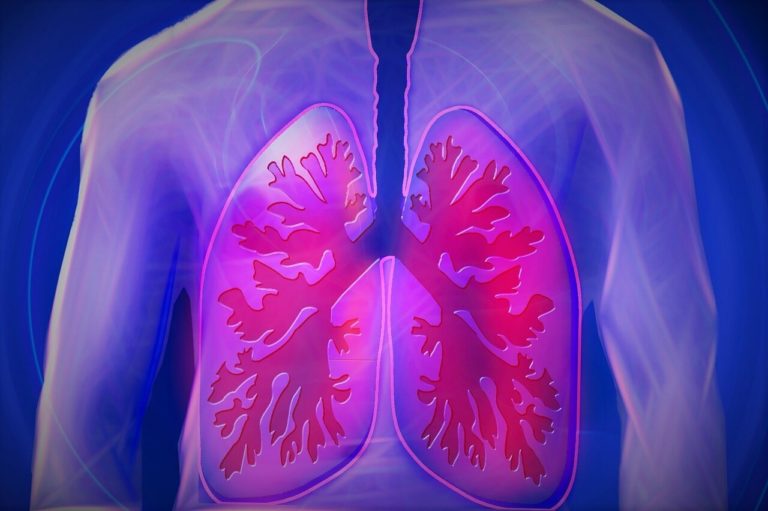What Is Deployment-Related Lung Disease?

CCK Law: Our Vital Role in Veterans Law
Deployment-Related Lung Disease is a term used to encompass a variety of lung diseases related to exposure to hazardous chemicals and inhalants during deployment in the Southwest Asia theater of operations.
Those at risk of developing Deployment-Related Lung Disease due to toxic exposures are military service members and government contractors who deployed to countries in the Southwest Asia theater of operations since 2001. Approximately 3 million military service members have deployed as part of Operation Iraqi Freedom (OIF) and Operation Enduring Freedom (OEF), and service members may have been exposed to toxic environmental and occupational hazards. Exposure can result in a deployment-related lung disease.
What Is Considered a Deployment Related Lung Disease?
Deployment-related lung diseases include asthma, constrictive bronchiolitis, chronic obstructive pulmonary disease (COPD), and other upper respiratory conditions. Other common conditions linked to deployment includes unexplained shortness of breath and eosinophilic syndromes. The full spectrum of deployment-related respiratory conditions is unknown.
Diagnosing and treating these conditions can be difficult, and many physicians are not aware of the environmental hazards that military personnel were exposed to during service in Southwest Asia. If you were deployed in Southwest Asia, be sure to notify your doctor of anything you may have been exposed to as well as any respiratory symptoms you experience.
What Causes Deployment Related Lung Disease?
It is not clear what causes deployment-related lung disease but there are several exposure concerns for those who served in Southwest Asia. Some of these concerns include open-air burn pits, dust and sandstorms, vehicle exhaust, industrial fires and emissions, particulate matter, and the extremes of desert climates.
Open-air burn pits were used to dispose of trash and waste on U.S. military bases in Iraq, Afghanistan, and Djibouti. Materials burned in the pits include medical waste, metals, ammunition, plastics, and any other materials present on the base. Service members could have been exposed to the smoke and chemicals released from the burn pits, and the exposure could lead to serious respiratory conditions.
Service members may also have been exposed to particulate matter (PM) while stationed in Southwest Asia. PM is small particles in the air that can be inhaled through the mouth or nose and irritate the lungs and airways. Dust and sandstorms are common in Southwest Asia and levels of PM are higher this area of the world because of these occurrences.
Additionally, emissions from industrial plants and exhaust from vehicles can be a source of deployment-related lung disease for service members who were exposed.
About the Author
Share this Post
